Red Snapper: A High-Value Marine Fishery Commodity
By. Tri - 30 Jun 2025.jpg)
lautnusantara.com Red Snapper, scientifically known as Lutjanus malabaricus, is a highly sought-after demersal fish species in the fisheries market. Its striking bright red color and delicious flesh make it a prized commodity, not only in local markets but also internationally. This positions it as a high-value marine fishery commodity.
Characteristics and Habitat
Red Snapper belongs to the Lutjanidae family (snappers). It has an elongated, flattened body with a distinctive reddish-silver coloration, often with reddish fins. This fish commonly inhabits tropical and subtropical waters in the Indo-Pacific region, including Indonesian waters. They are often found around coral reefs, rocky seabeds, or areas with muddy-sandy substrates at depths between 20 to 100 meters. Their solitary or small-group living patterns make them an important target for fishers.
Economic Value and Utilization
The economic value of Red Snapper is very high due to several factors:
- Strong Market Demand: Its firm, white flesh and savory taste make Red Snapper a top choice for various culinary dishes, ranging from grilled, fried, to soups. Upscale seafood restaurants often feature it as a signature dish, both domestically and for export.
- Size and Weight: This fish can reach a considerable size, with an average weight that yields a significant per-fish selling price.
- Export Potential: Red Snapper has market appeal in various countries, especially in East Asia like Japan, Hong Kong, and Singapore, as well as in some Western countries seeking high-quality seafood.
Its utilization primarily involves capture from the wild. Fishers typically use handlines, bottom longlines, or gillnets to catch this fish. Good post-harvest handling techniques are crucial to maintain the quality and freshness of the fish, which ultimately affects the selling price.
Read Also : The Benefits of the Kuroshio and Oyashio Current Convergence: A Rich Source of Marine Life
Challenges and Opportunities
Despite its high economic value, the management of Red Snapper fisheries faces several challenges:
- Overfishing: High demand can drive unsustainable fishing practices, threatening wild populations.
- Habitat Degradation: Damage to coral reefs and seabed ecosystems due to human activities or climate change can reduce the availability of habitat and food sources for this fish.
- Price Fluctuations: The price of Red Snapper can fluctuate depending on the season, weather conditions, and market dynamics.
However, there are also significant opportunities for sustainable development:
- Sustainable Fisheries Management: Implementing catch quotas, establishing closed seasons, and developing Marine Protected Areas (MPAs) can help maintain population sustainability.
- Diversification of Processed Products: Developing processed products based on Red Snapper (e.g., frozen fillets, ready-to-cook processed items) can increase added value and expand markets.
- Aquaculture Research: Although still rare, research and development of Red Snapper aquaculture could be a long-term solution to meet market demand without relying entirely on wild capture.
With proper management and responsible fishing practices, Red Snapper will continue to be a prospective marine fishery commodity and contribute significantly to local and national economies.
If you are interested in our Coral Trout Fillet Skin On, CORAL TROUT WGG WHOLE GILLED GUTTED, TOMATO COD WHOLE GILLED GUTTED please do not hesitate to contact us through email and/or whatsapp.
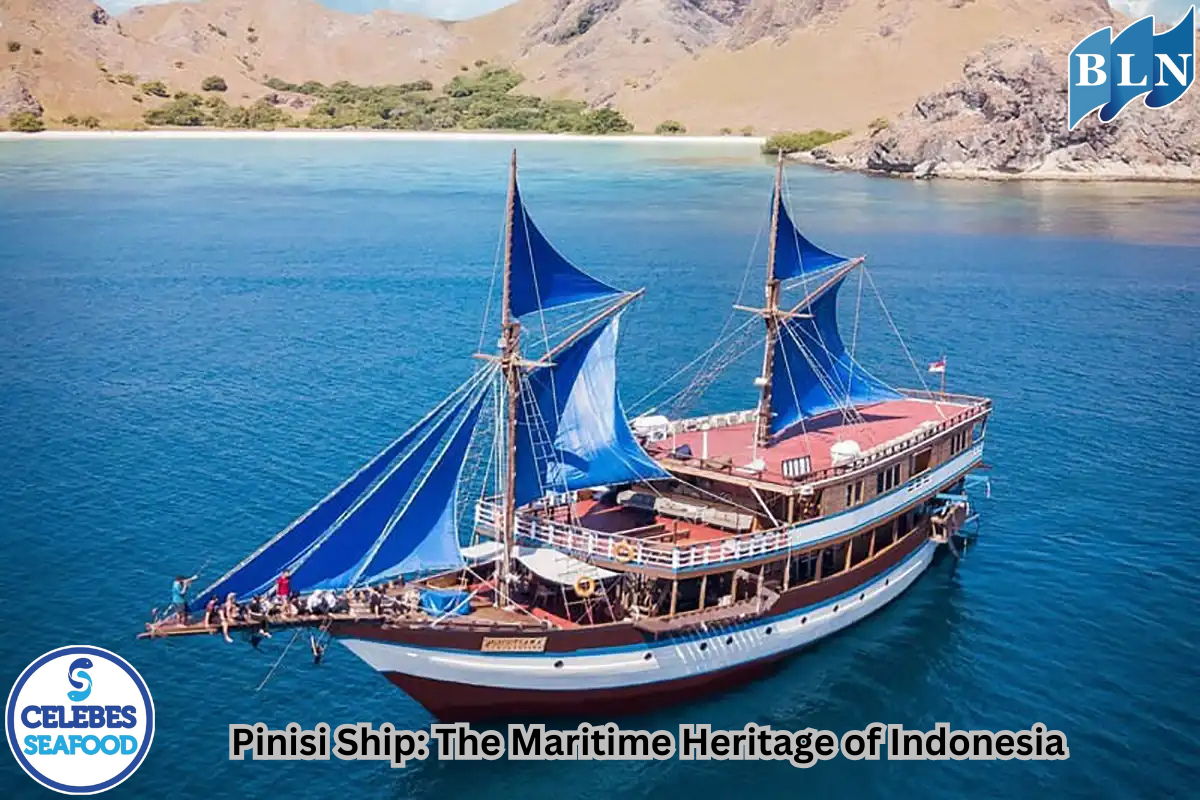
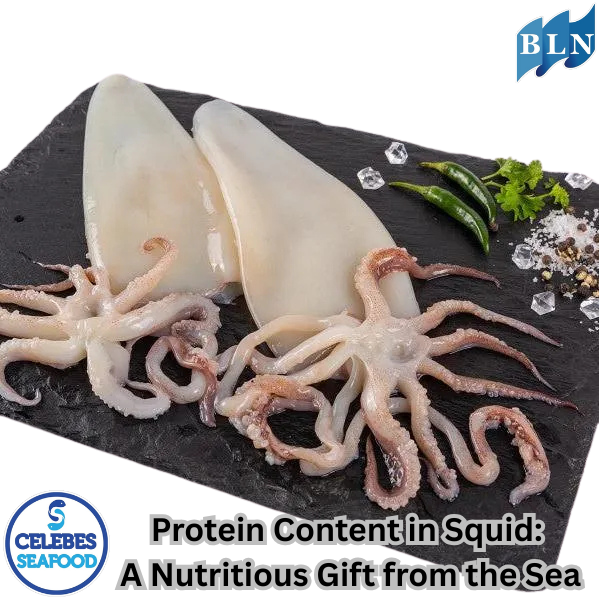
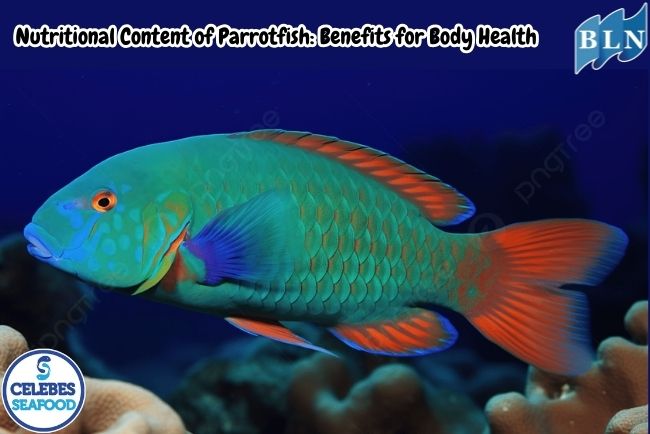
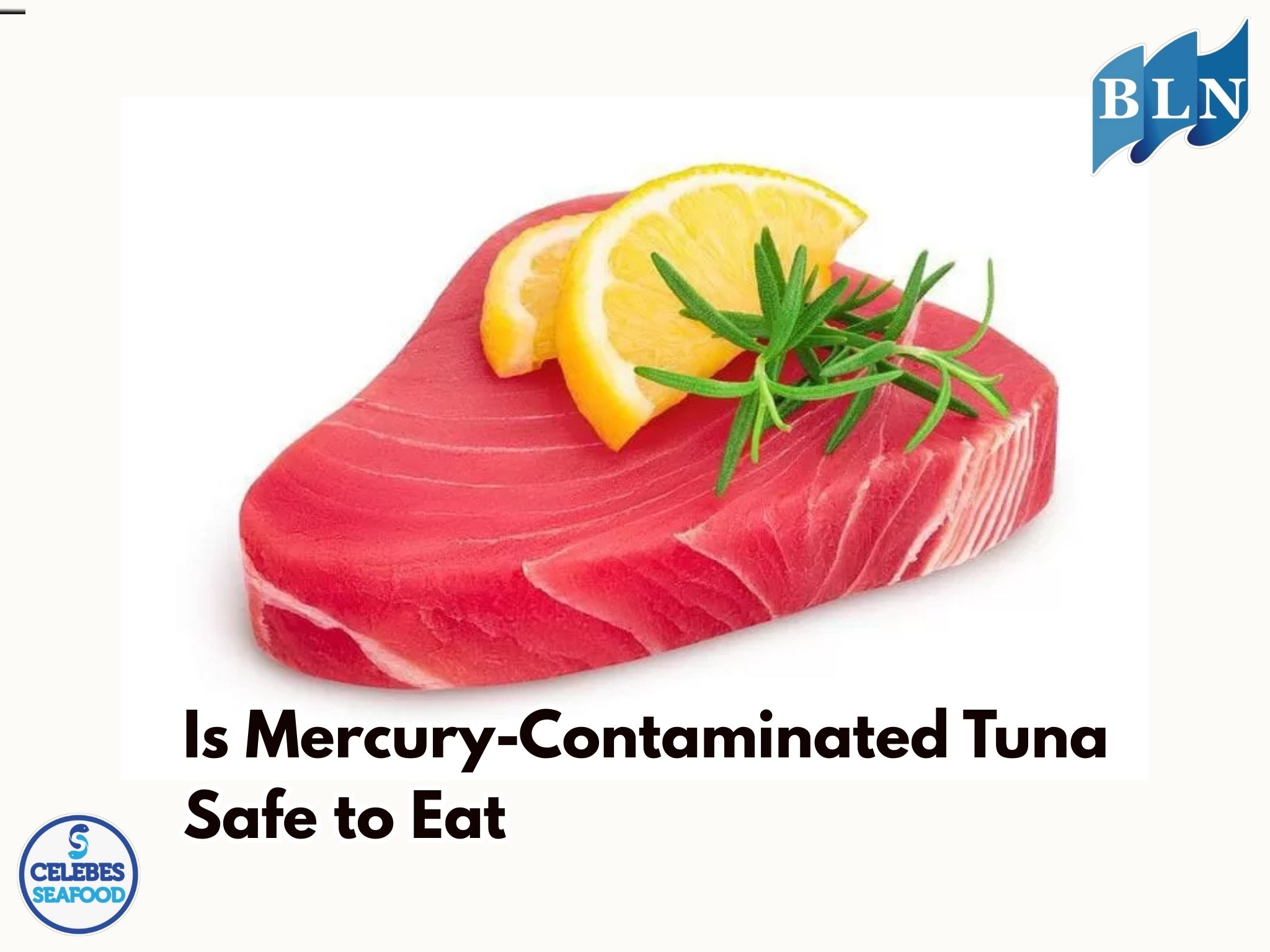

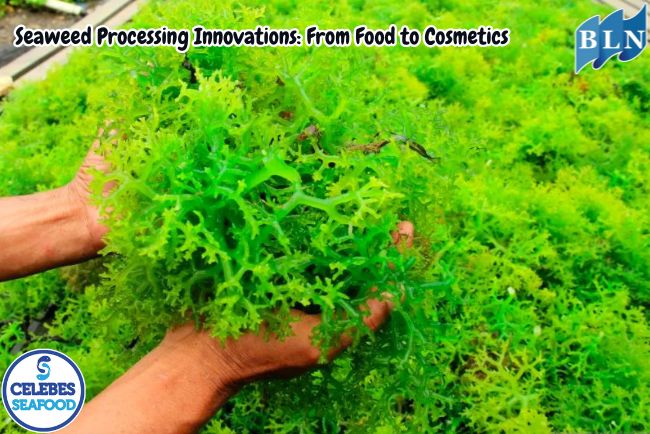
.jpg)

